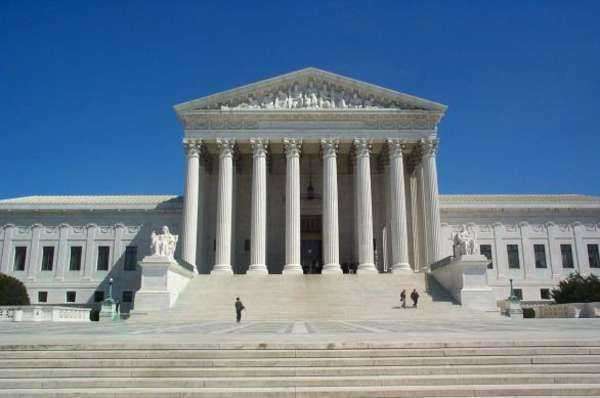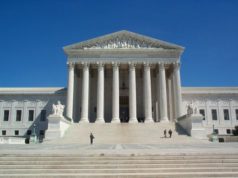Table of Contents

The Supreme Court is the highest court in the United States and plays a crucial role in shaping the country’s legal landscape. The Court’s decisions have far-reaching consequences that affect American society at large. In this article, we will explore the history and inner workings of the Supreme Court system and discuss some of its most significant decisions.
History of the Supreme Court System
The Supreme Court was established by the Constitution in 1789, but its powers and structure were not defined until the Judiciary Act of 1789 was passed. The Court’s primary role is to interpret the Constitution and ensure that federal laws and activities are consistent with the Constitution. It was designed to be the final arbiter in legal disputes and to give legal interpretation to the principles set forth in the Constitution.
Initially, the Supreme Court was relatively weak and had a limited impact on American society. It was not until 1803, with the landmark case of Marbury v. Madison, that the Court claimed the power of judicial review—the ability to strike down laws that it deemed unconstitutional. This decision established the principle of judicial review and helped to establish the Supreme Court as an institution with real power and influence.
Structure of the Supreme Court System
The Supreme Court system is made up of two types of courts: the Supreme Court and lower federal courts. The Supreme Court has nine justices—eight of whom are Associate Justices and one who serves as the Chief Justice of the United States. Justices are appointed by the President and confirmed by the Senate. Once appointed, Justices serve for life and can only be removed from their position by impeachment.
The Supreme Court hears cases on appeal from lower courts. It has the power to issue writs of certiorari, which are orders that require lower courts to submit their records of cases for review by the Supreme Court. The Court generally hears cases only if they present important legal questions and involve a split among lower courts. The Court typically issues around 80 opinions each year.
The Supreme Court’s decisions are binding and serve to establish legal precedent. This means that lower courts must follow the Court’s decisions in similar cases. The Court’s rulings are also influential outside of the legal system, often helping to shape public policy and public opinion.
Significant Supreme Court Decisions
Over the years, the Supreme Court has heard many important cases that have had a significant impact on American society. Here are some of the most significant:
Brown v. Board of Education (1954): This landmark case declared segregation in public schools unconstitutional. It was a major victory for the civil rights movement and helped to pave the way for further desegregation efforts.
Roe v. Wade (1973): This case established that a woman’s right to an abortion was protected under the Constitution. The decision was controversial and has been the subject of fierce debate ever since.
Bush v. Gore (2000): This case determined the outcome of the 2000 presidential election. The Court intervened in the Florida recount and effectively handed the election to George W. Bush.
Citizens United v. Federal Election Commission (2010): This decision struck down limits on corporate and union spending in political campaigns, opening the floodgates for unlimited corporate money in politics and sparking a public debate about the role of money in politics.
Obergefell v. Hodges (2015): This case established same-sex marriage as a constitutional right. It was a major victory for the LGBTQ community and marked a significant milestone in the fight for equality.
Conclusion
The Supreme Court system is a vital component of the American legal system. Its decisions have a profound impact on American society, and the Court’s rulings are often cited as precedents in future legal cases. The Court’s ability to interpret the Constitution and uphold its principles is essential to the functioning of American democracy. As such, it is important for all citizens to understand the role and influence of the Supreme Court in American society.
The Supreme Court of the United States is the highest judicial organization in the United States. The Supreme Court is the prime court of the Federal judiciary of the nation.
The Supreme Court is headed by the Chief Justice of the United States, along with eight Associate Justices. The Justices of this Court are all nominated by the President of the United States and then is confirmed by a vote of the United States Senate.
Supreme Court Justices, once appointed, have a life-long term in the position, which can only be terminated in the case of death or retirement. Impeachment is also grounds to remove a Supreme Court Justice.
The Supreme Court is located in Washington, D.C. in the United States Supreme Court Building. The Supreme Court essentially has jurisdiction over all Federal matters, though the exact powers of the Court are more specifically outlined in the United States Constitution. Constitution laws have more information about the
Supreme Court.


























